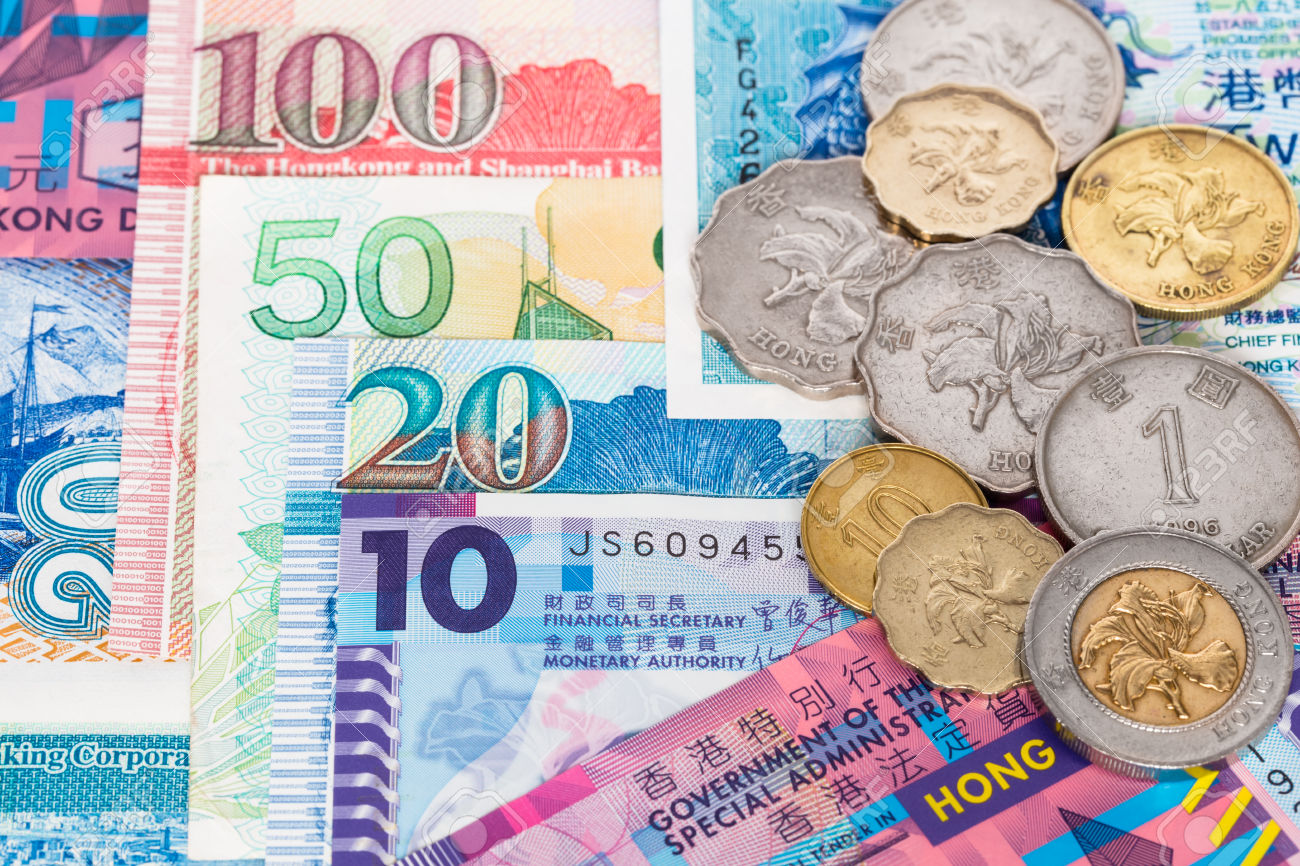Top ten tips for your first time in Hong Kong.

Quick question: What do you think of when Hong Kong is mentioned? Good food, people drinking in bars and yelling in Cantonese on the streets, and perhaps even adrenaline-fuelled police chases, courtesy of Hong Kong crime dramas (we’re looking at you, Infernal Affairs). You would be right, but there’s also more to the Fragrant Harbour than those! Without further ado, let’s take a look at the top 10 things that makes Hong Kong, well, Hong Kong!
1. Hong Kong’s public transportation is one of the world's safest, most efficient and frequent
There are a few ways of getting around Hong Kong, all of which are safe and trustworthy. When you arrive at Hong Kong International Airport (HKIA), you can either take the Airport Express into the city, the MTR, or hail a taxi. When you arrive downtown, you can either take the bus, ferry, tram, and train/subway. Keep in mind though that transportation on buses and trams requires the exact fare, so it’s highly recommended that you purchase on Octopus card—a smart card that allows you to store value for making electronic payments in online or offline systems in Hong Kong.2. Hong Kong International Airport is also known as Chek Lap Kok Airport
To distinguish it from its predecessor, the closed Kai Tak Airport, locals have taken to calling the main airport Chek Lap Kok Airport. Did you know that HKIA is one of the biggest contributors to Hong Kong’s economy? The airport boasts the world’s busiest cargo gateway and one of the world's busiest passenger airports.3. The exchange rate of the Hong Kong dollar (HKD) to the US dollar is about 7.75 HKD to 1 USD*
In Hong Kong, banknotes come in denominations of $10, $20, $50, $100, $500, and $1,000, while coins are available in denominations of 10 cents, 20c, 50c, $1, $2, $5, and $10. Interestingly enough, the Government issues coins while Hong Kong banknotes are issued by 3 commercial banks: HSBC, Standard Chartered Bank and Bank of China.*At the time of writing 10/06/2020
4. The official languages of Hong Kong are Chinese and English
For a long time (from 1883 to 1974, to be exact), English was the sole official language of Hong Kong until the Chinese people (quite rightly) demanded equal status for their native language. The variation of Chinese that locals speak is Cantonese, although the older generations and the few living in the rural areas speak Hakka. According to expats who have lived in Hong Kong for a long time, you don’t need to learn Cantonese to survive in the country as English is everywhere, but you’ll definitely be missing out on a lot of the local culture!5. Hong Kong has a vibrant and bustling nightlife
Hailed as the “sleepless city”, Hong Kong comes even more alive at night. The nightlife scene provides plenty of options for night owls, such as cultural performances, clubbing, night markets, and midnight runs—basically, everything opens late! If this is your first time in Hong Kong, Lan Kwai Fong and SoHo are good places to start, as they are packed full of bars and nightclubs. Fancy something more spectacular? Don’t miss the Symphony of Lights show every night at 8pm at Victoria Harbour—it’s an interactive light show that combines the lights of 45 key surrounding buildings with music. According to the Guinness World Records, it’s the world's largest permanent light and sound show.6. Known as a place where “East meets West”, Hong Kong’s culture is uniquely diverse
Hong Kong city may be as modern as it comes, but its still steeped in tradition and culture. Most of the locals also have their roots in Mainland China, as well as from its time as a British colony, and you can find evidence of their cultural influence in the country’s language, food, and festivals. Take a walk down the streets of Hong Kong and you’ll find various places of worship, shops decorated with good luck charms; and locals burning offerings and joss sticks by the side of the road. Immerse your taste buds in local dishes like Dim Sum, Chiu Chow congee—a porridge-style dish that’s enriched with meaty baby oysters or the popular Hakka dessert deep-fried fresh milk, a famous Hakka dish that’s formed of a sweet dough wrapped in crispy skin, and many more.7. That said, the char chaan teng culture is a unique, not-to-be-missed experience when you’re in Hong Kong
A char chaan teng is an important part of Hong Kong culture, established as a cheaper alternative to Western-style cafes. It literally translates to ‘tea restaurant’, and is known for its affordable prices and Hong Kong-style Western cuisine, such as Hong Kong-style milk tea, Yuanyang—a mixture of coffee and tea, macaroni in soup, Hong Kong-style French toast, sandwiches consisting of either egg, luncheon meat, corned beef or a mixture, and egg tarts. Fun fact: In April 2007, a Hong Kong officer suggested that cha chaan teng be listed in the UNESCO Intangible Cultural Heritage Lists because of its significant role in Hong Kong society!

